A VW Variant II is one of those classic cases in the automotive industry where a good project arrives too late on the market. Nicknamed “Brazilian”, this second Brazilian generation of the Variant was born in 1977, as a 1978 model, and was designed to face competitors such as Ford Belina II and the Chevrolet Caravan, which were already consolidated in the market. Despite having significant technical advances, its history was marked by challenges that hindered its commercial success.
In this article, you will learn all the details of Variant II, from its innovative design to the reasons that made it one of the less popular Volkswagen models in Brazil, although it has won a special place in the hearts of collectors. Get ready for a nostalgic trip through the 1970s and 1980s!
The Birth of Variant II
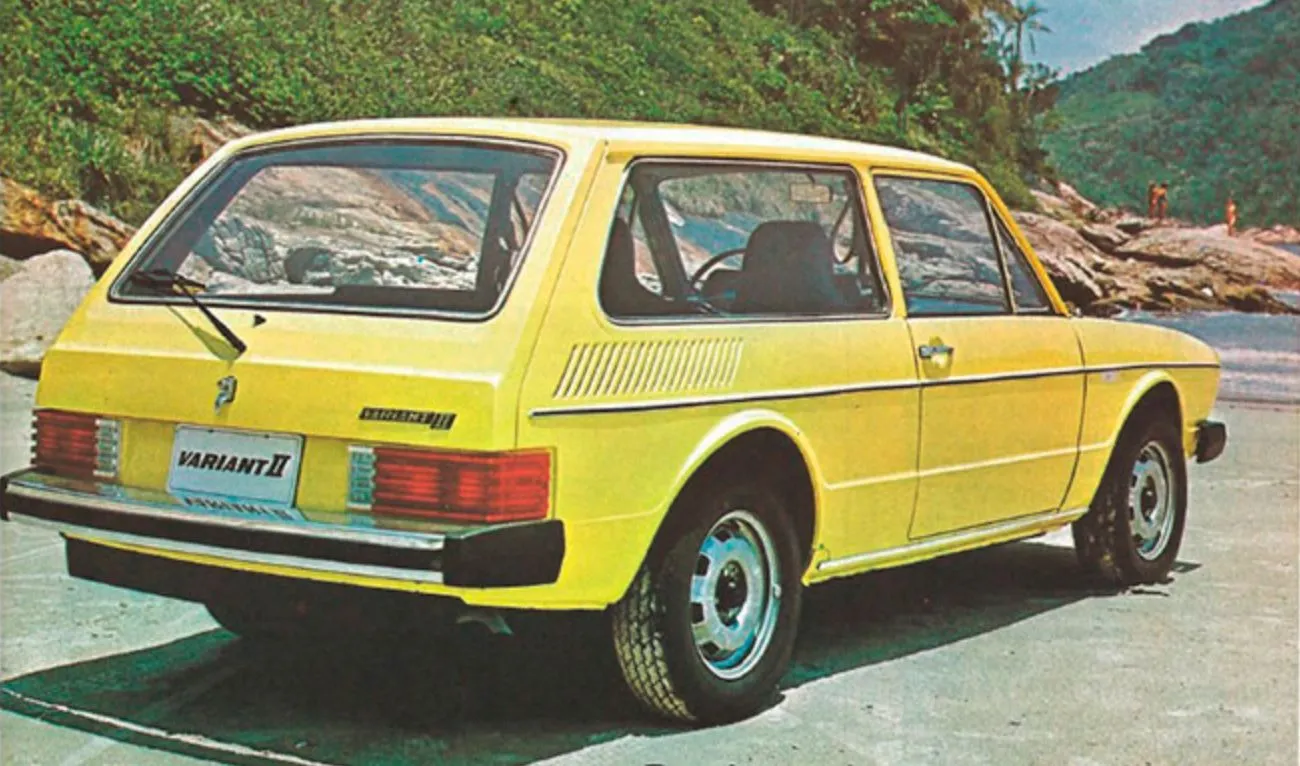
The arrival of the Variant II was not a mere whim of Volkswagen. The brand was looking for modernize its station wagon line to compete in a market that demanded more comfort, efficiency and technology. To this end, Volkswagen used as a basis part of the body of the VW Brasilia, resulting in the affectionate nickname of “Brazilian”. However, the project went beyond a simple aesthetic adaptation.
One of the biggest highlights of the Variant II was its technical evolution. The front suspension, for example, has abandoned the traditional double-axle body with torsion leaf beams, common on air-cooled VW models. Instead, it has adopted a McPherson construction, similar to the VW Passat, which provided more stability and comfort when driving. At the rear, the torsion bar system received a new geometry, with semi-trailing arms, eliminating the problems of the old oscillating half shafts.
Furthermore, the Variant II's steering became rack and pinion, which eliminated the typical clearances of previous models. Although it was still mechanical, it offered a much more precise driving experience. These advances placed the Variant II on a higher technical level than its predecessor, but were not enough to outperform the competition.
Engine and Performance: The 1,600cc Boxer
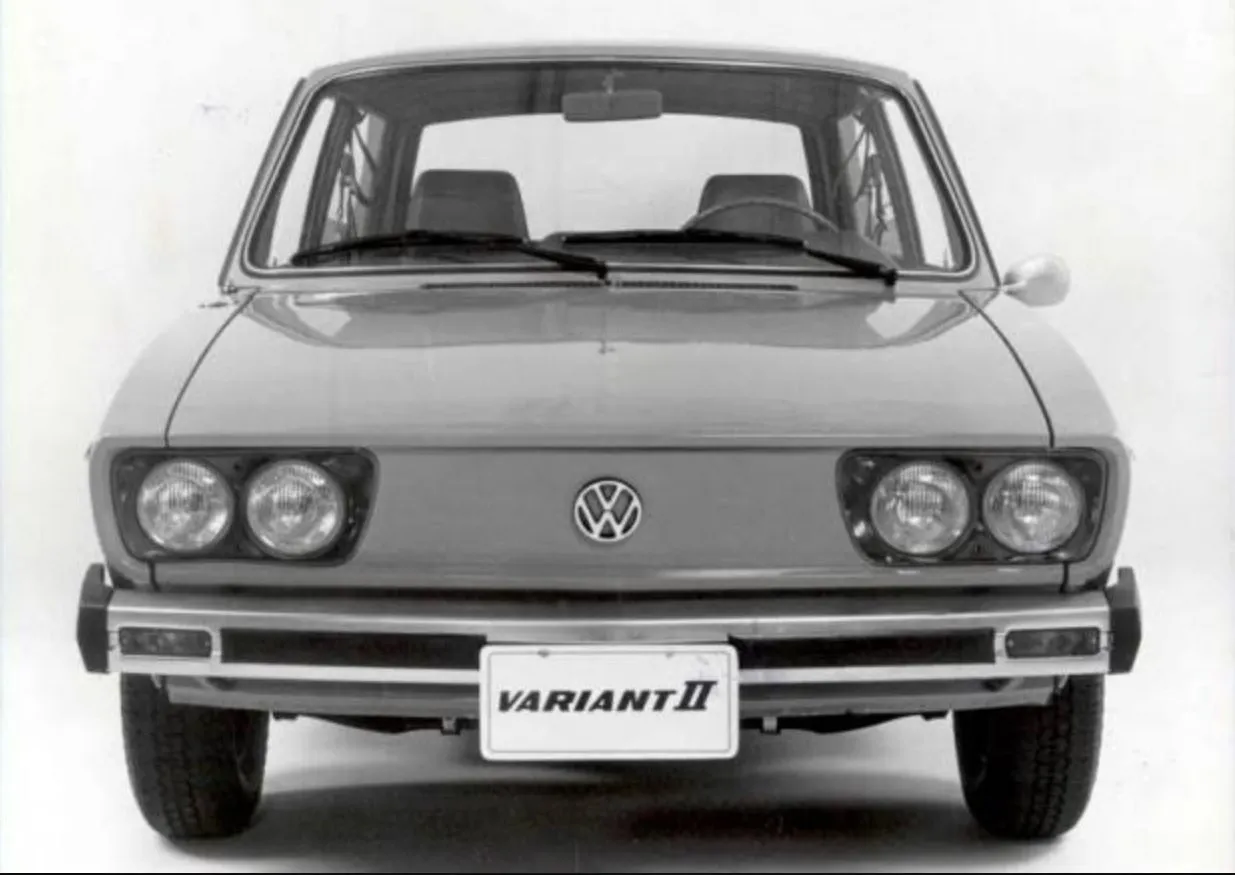
The Variant II was equipped with an engine 1,600cc flat boxer, which generated about 56 hp (ABNT) It is 12 kgfm of torque. Powered by two Solex 32 PDS IT carburetors, the engine was robust but was already beginning to show signs of outdated compared to the most modern options available on the market.
Despite this, the Variant II was a functional car. Its 4-speed transmission, with long ratios inherited from the VW SP2, allowed to reach 138.9 km/h top speed and make of 0 to 100 km/h in 22.72 seconds. For the time, acceptable numbers for a family vehicle.
The average consumption was 11.53 km/l, a good brand by 1970s standards, but insufficient to compete with more modern models, such as Ford Belina II, which offered more efficient engines.
Internal Space and Comfort
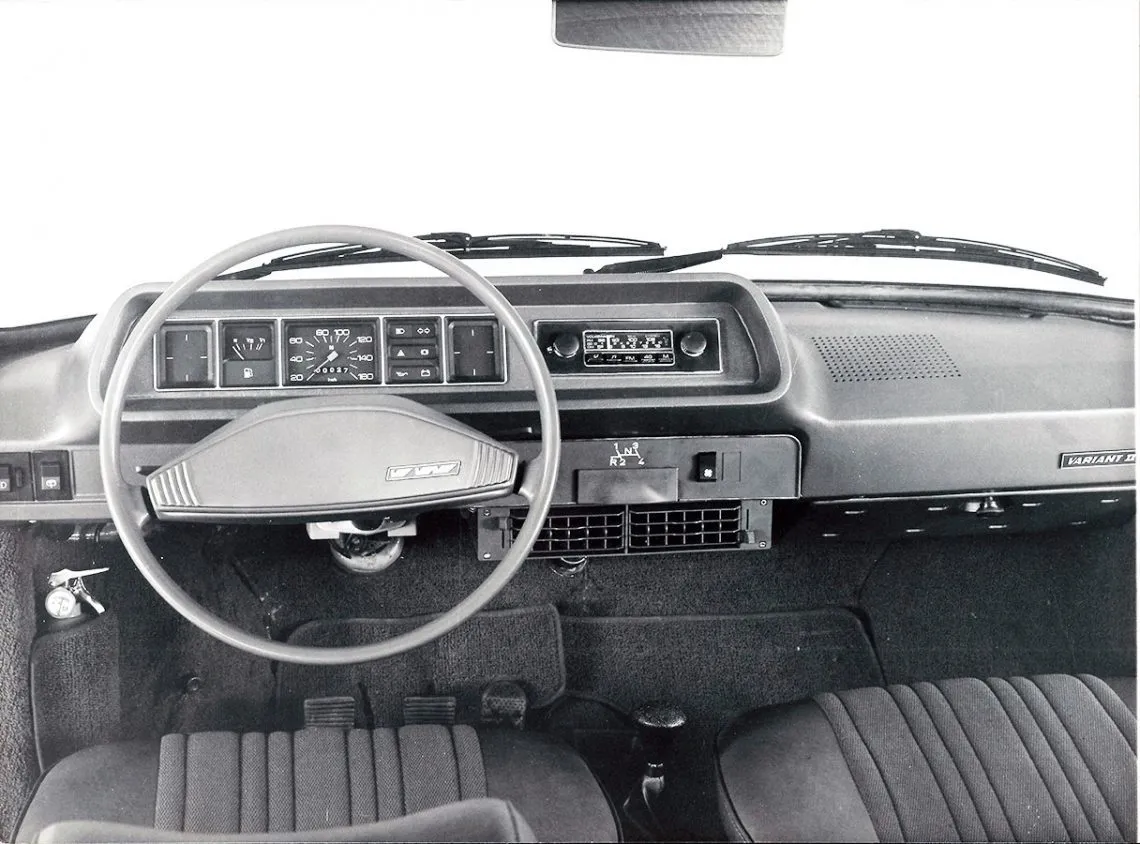
If on the one hand the Variant II's performance left something to be desired, on the other hand, it shone in terms of interior space. The model had a double trunk, adding 467 liters capacity, as well as a spacious interior that comfortably accommodated a family.
The banks were reclining and could be adjusted to different positions, offering a level of comfort superior to many competitors. The dashboard, in turn, was quite modern for the time, anticipating the lines that would be seen in the future VW Gol.
As options, the Variant II offered rear wiper and defroster, clock and even rev counter, items that were not common in vehicles of this category in the 1970s.
Market Challenges
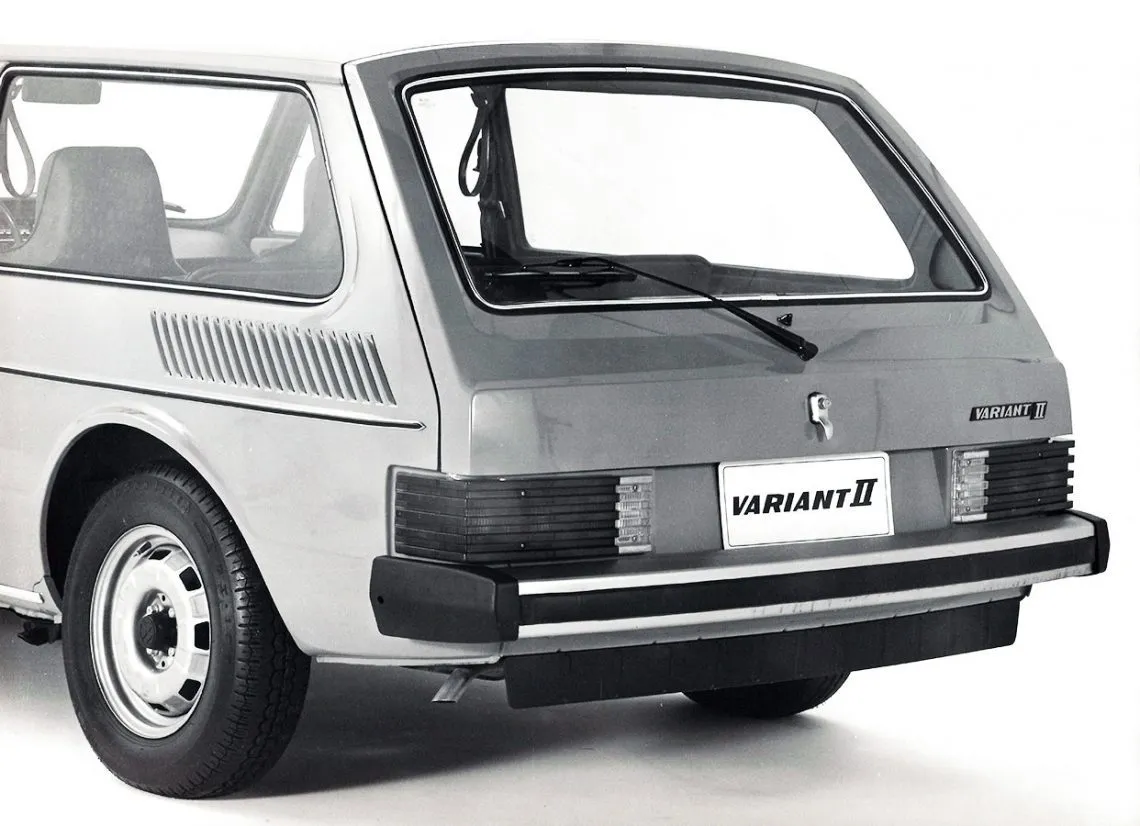
Despite all the improvements, the Variant II arrived on the market facing much more advanced competitors. A Ford Belina II, launched at the same time, stood out for its modern design, which combined fuel economy, comfort and technology. Already the Chevrolet Caravan, although more old-fashioned, offered the option of a 6 cylinder engine, ensuring greater performance and attracting an audience that valued power.
Another critical point was the high price of Variant II. Even with all its qualities, the model was considered expensive for the time, especially when compared to its competitors, which offered more for a similar or even lower cost.
Decline and Rarity
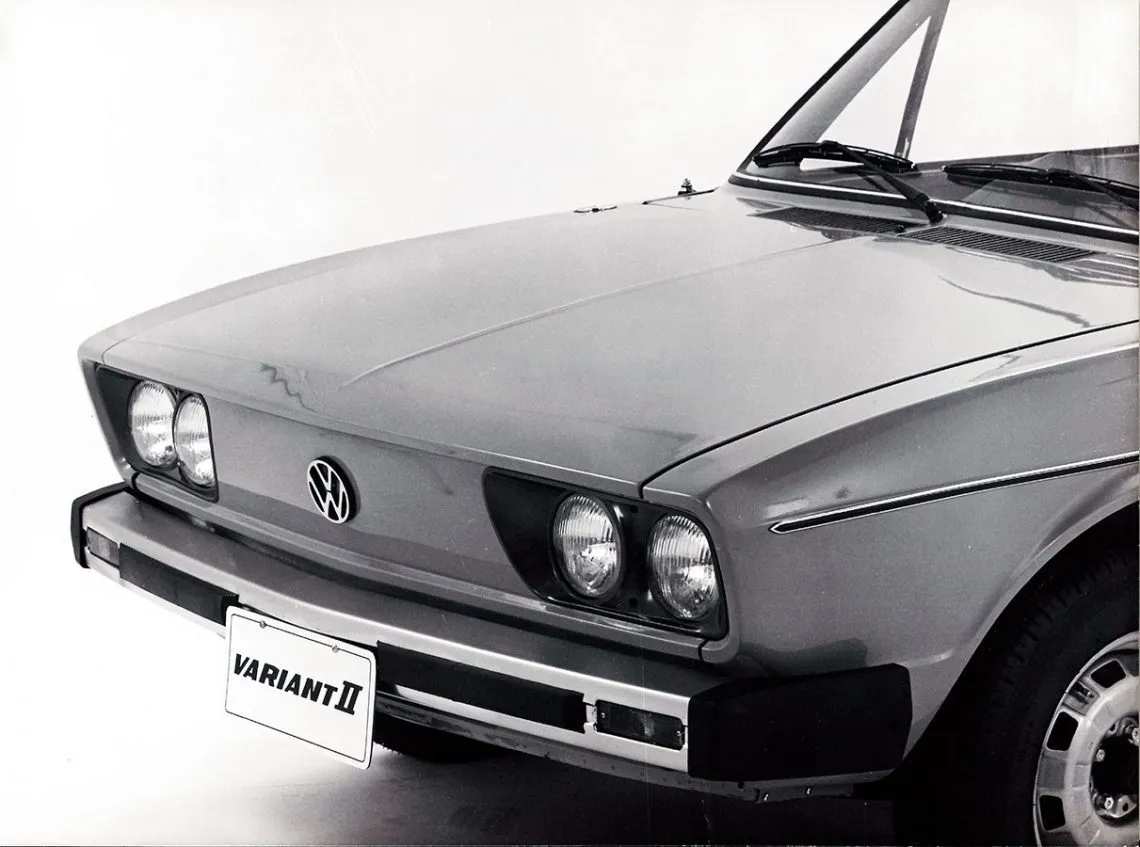
Production of the Variant II ended in 1981, giving rise to the launch of the VW Parati the following year. The new station wagon quickly conquered the market and became a sales leader, erasing the Variant II's memory.
The models that were stuck at dealerships continued to be sold until 1984, usually for customers loyal to boxer mechanics. For years, the Variant II was seen as a used car market monkey, with low appreciation and little demand.
However, time has been kind to the Variant II. Today, the few units that have survived in good condition are highly valued by collectors, with prices that can exceed the R$ 60 thousand, depending on the level of conservation and originality.
The Legacy of Variant II
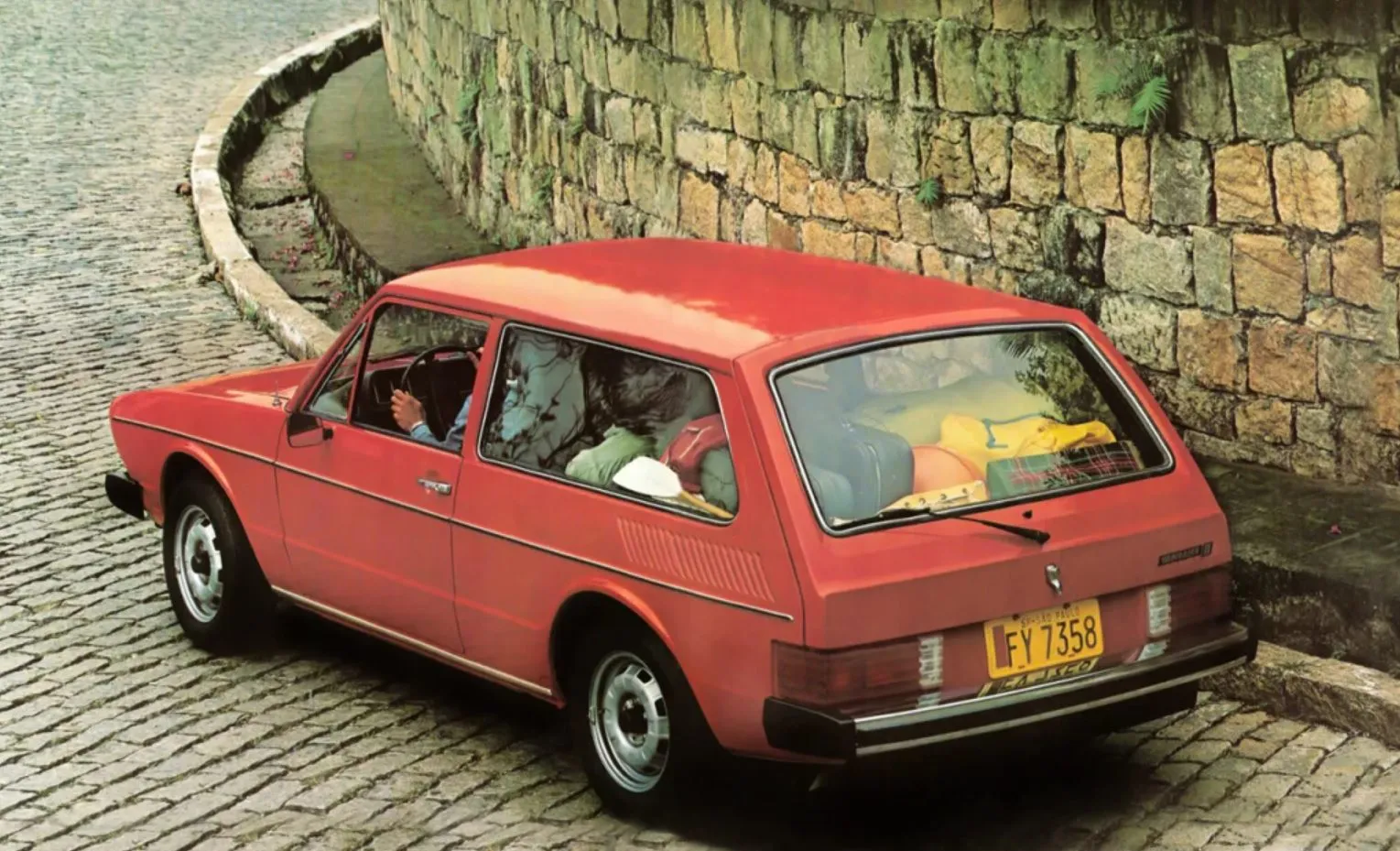
Driving a Variant II today is like stepping into a time machine. Despite its complicated commercial trajectory, the model is a witness to a period of transition in the Brazilian automobile industry, in which Volkswagen sought to modernize its line without abandoning its roots.
If the Variant II had been launched a few years earlier, its history could have been completely different. Who knows, it might have become one of the brand's most iconic cars in Brazil? The fact is that, even with its limitations, the Variant II remains a symbol of boldness and innovation from a time that will never return.
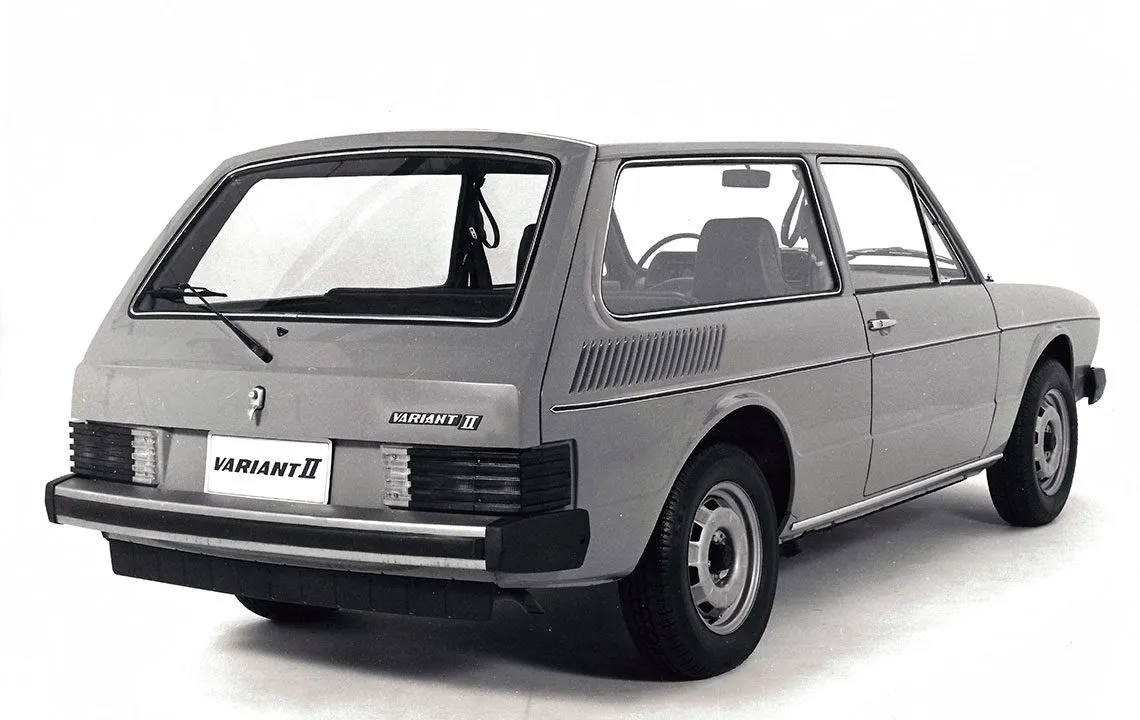
In 2024, the Variant II is more than just an old car. It's a important chapter in the history of Volkswagen in Brazil, which deserves to be remembered and celebrated. If you have the opportunity to see one of these models up close, take advantage of it. After all, every detail of the “Super Brazil” carries a dose of nostalgia that few vehicles can offer.









